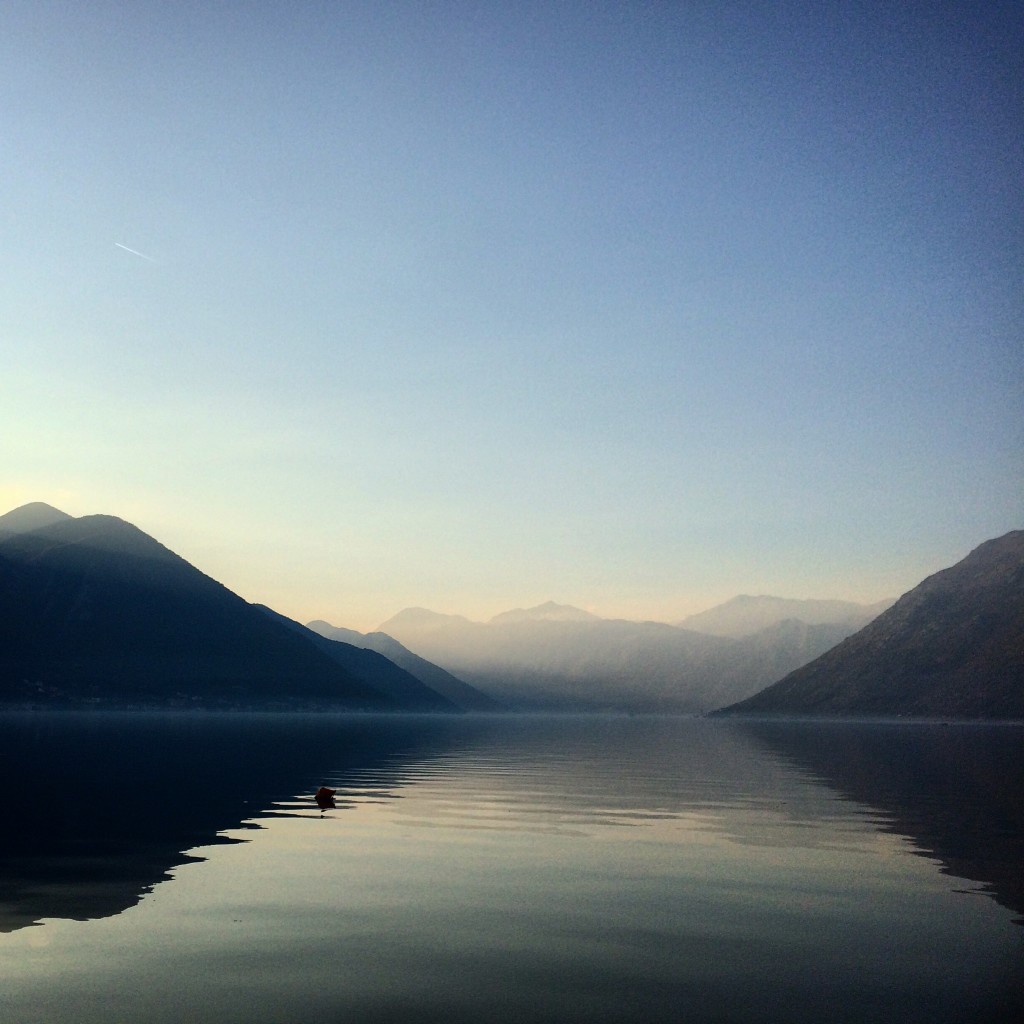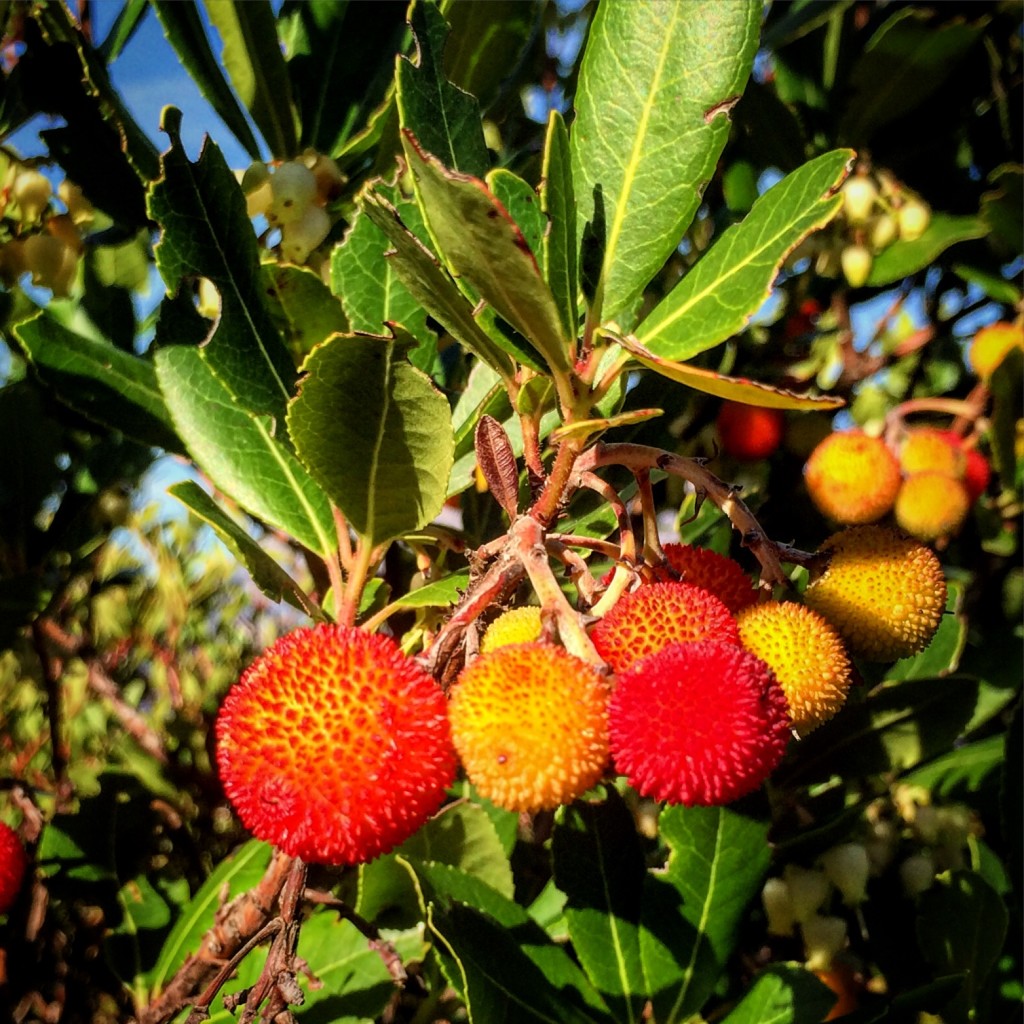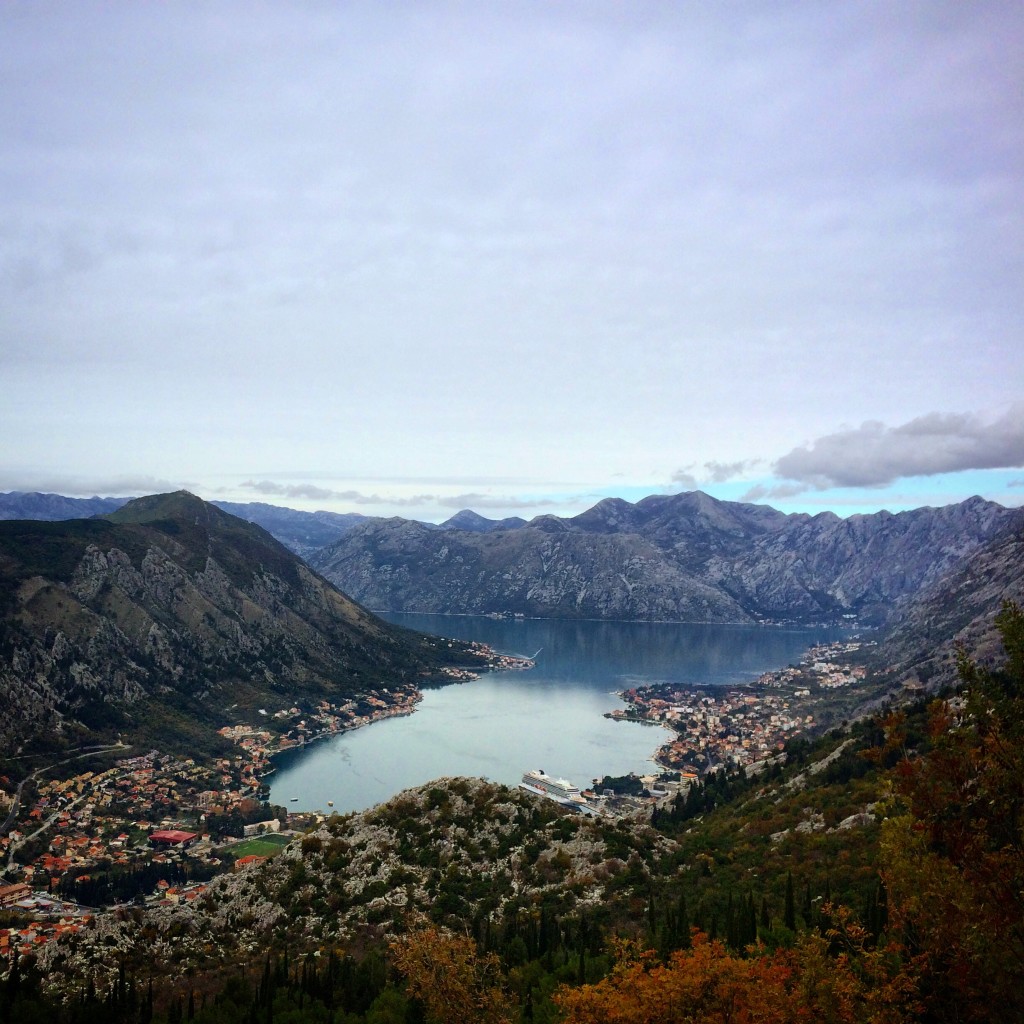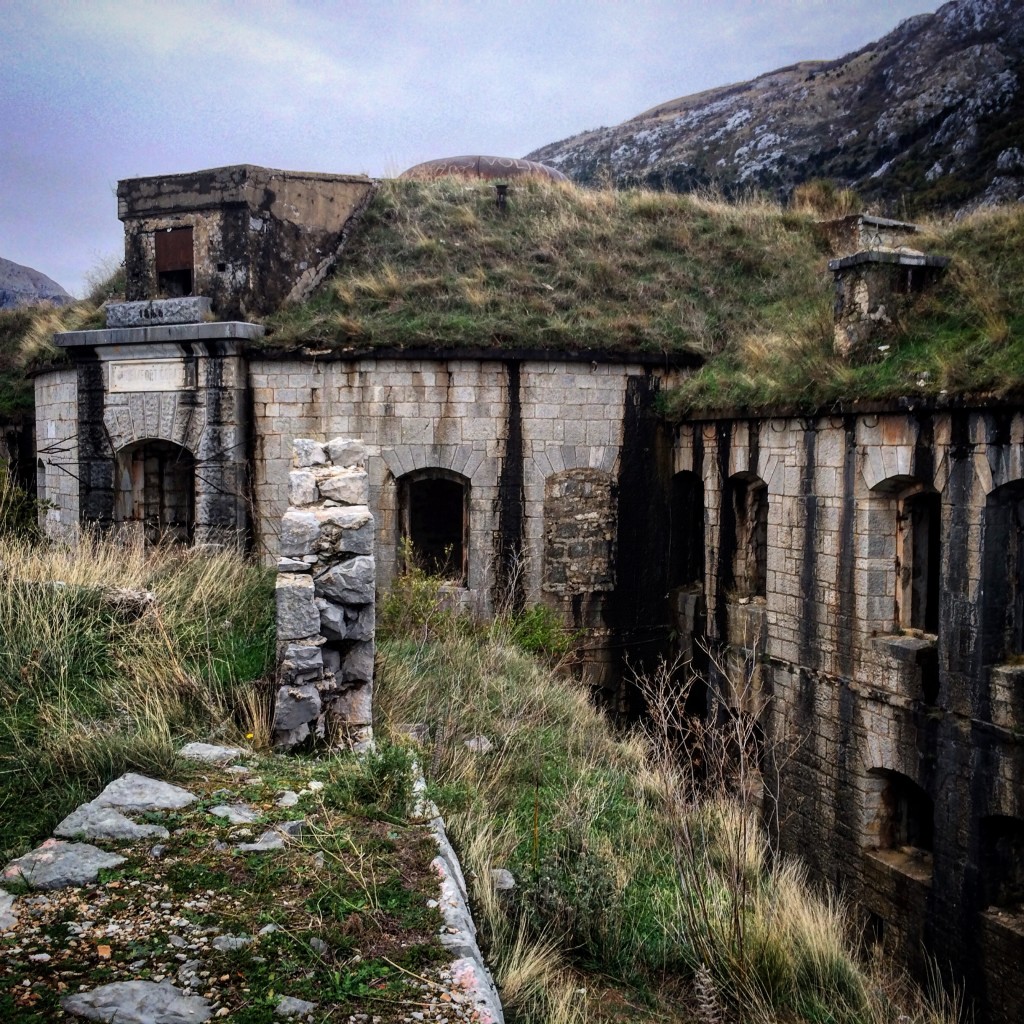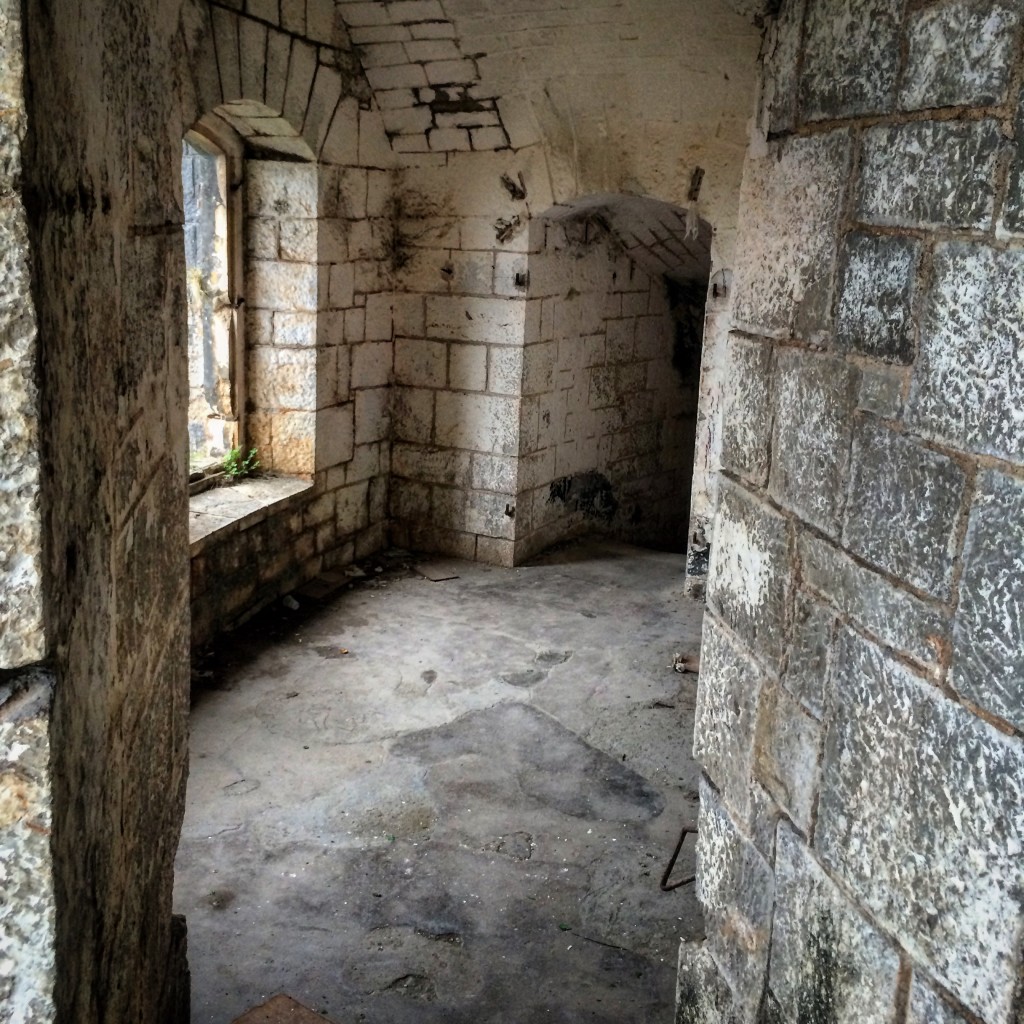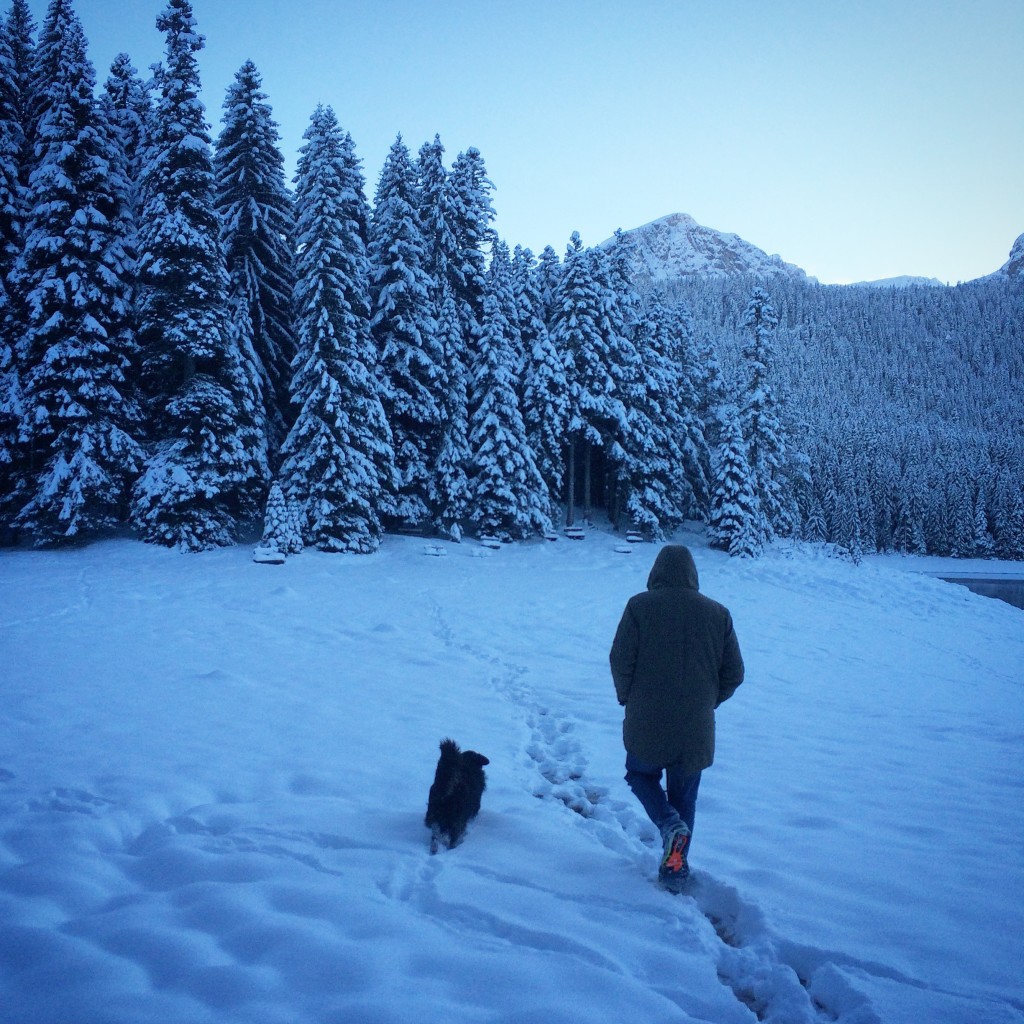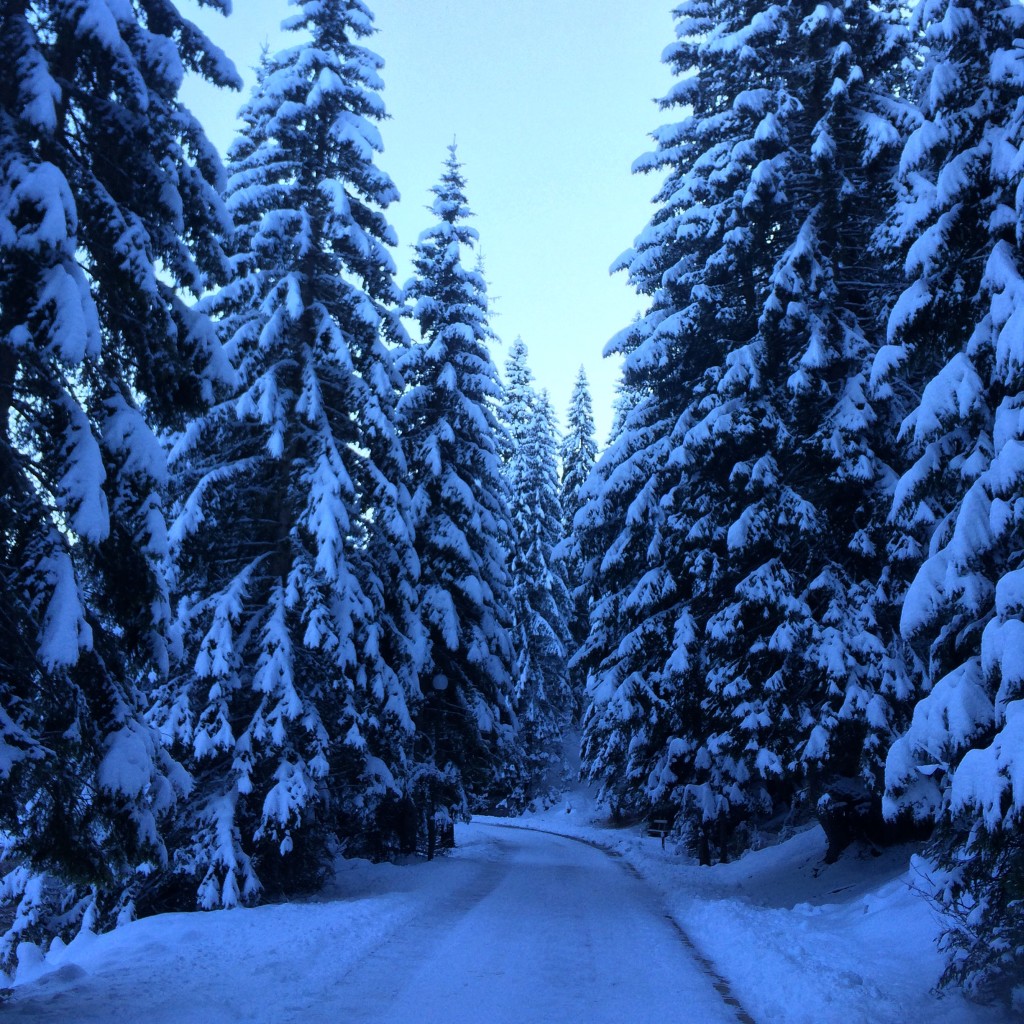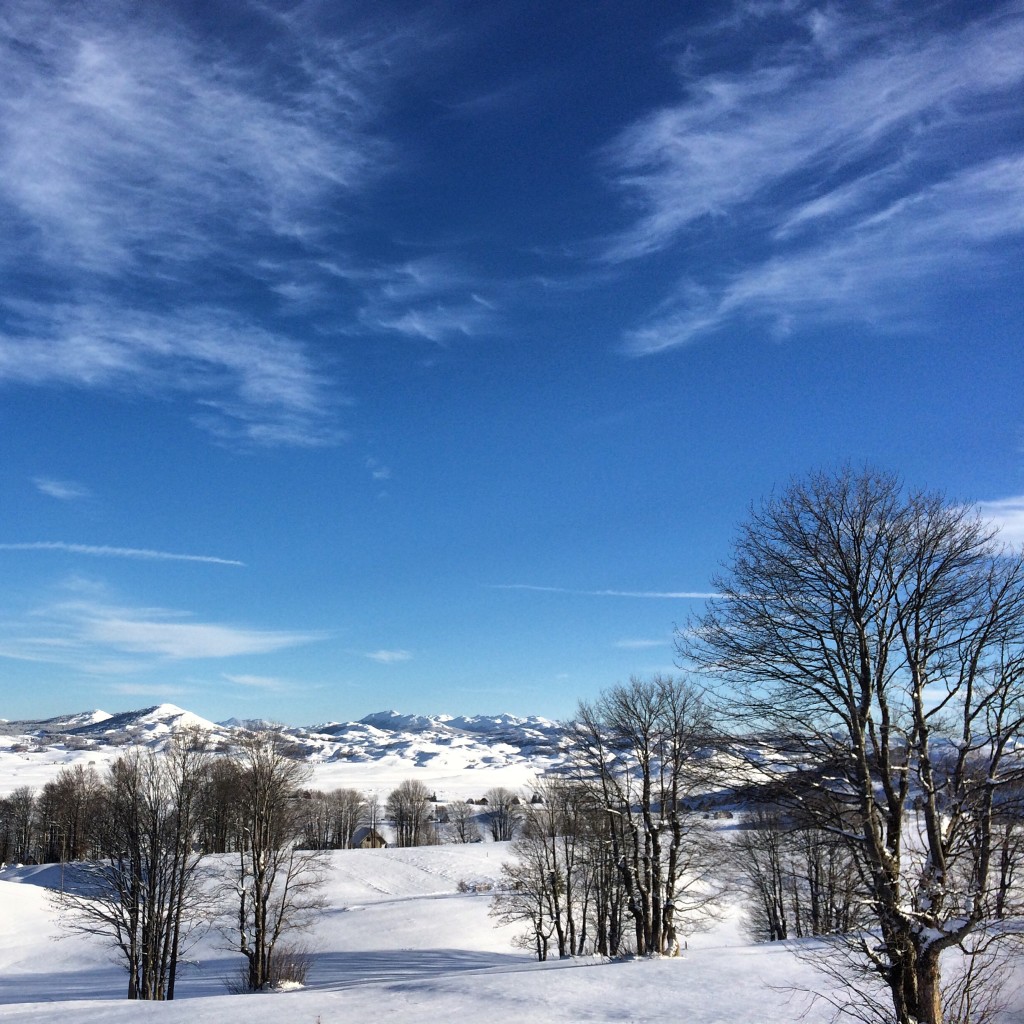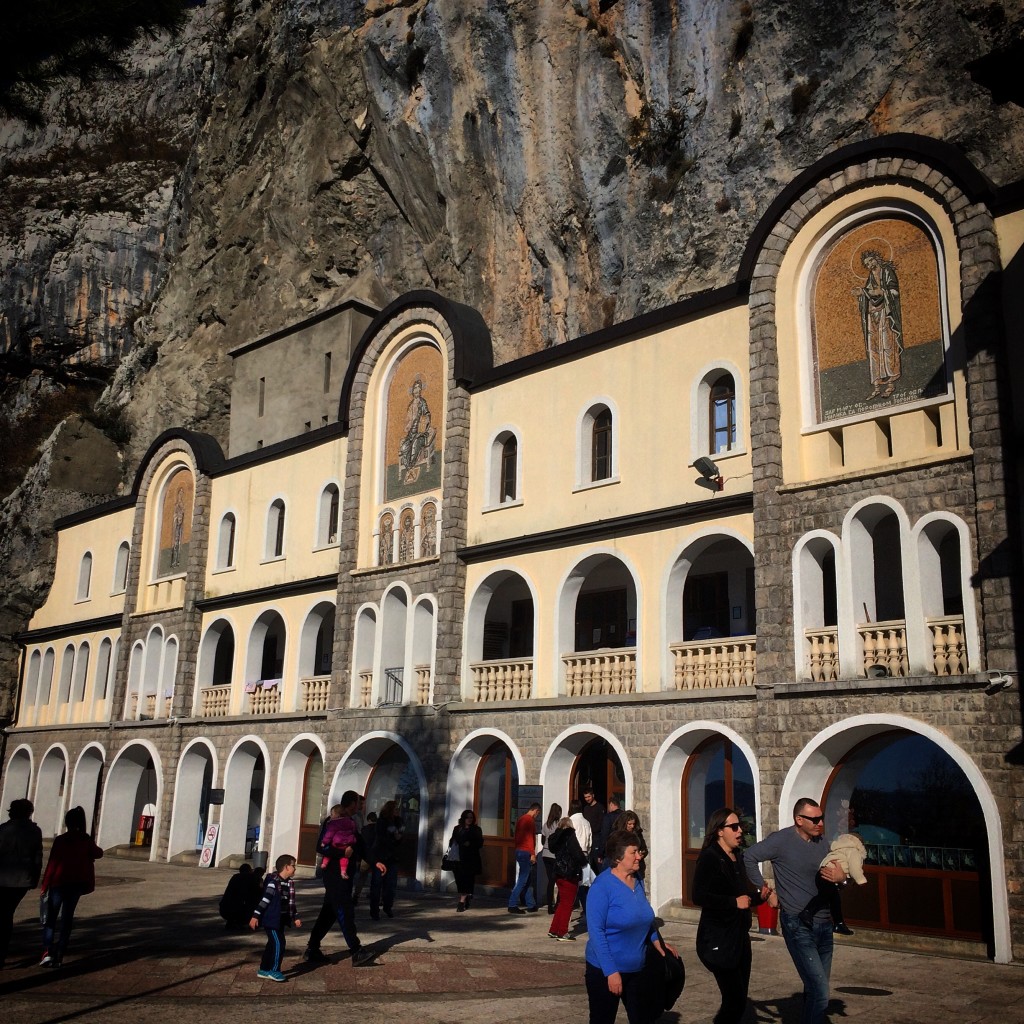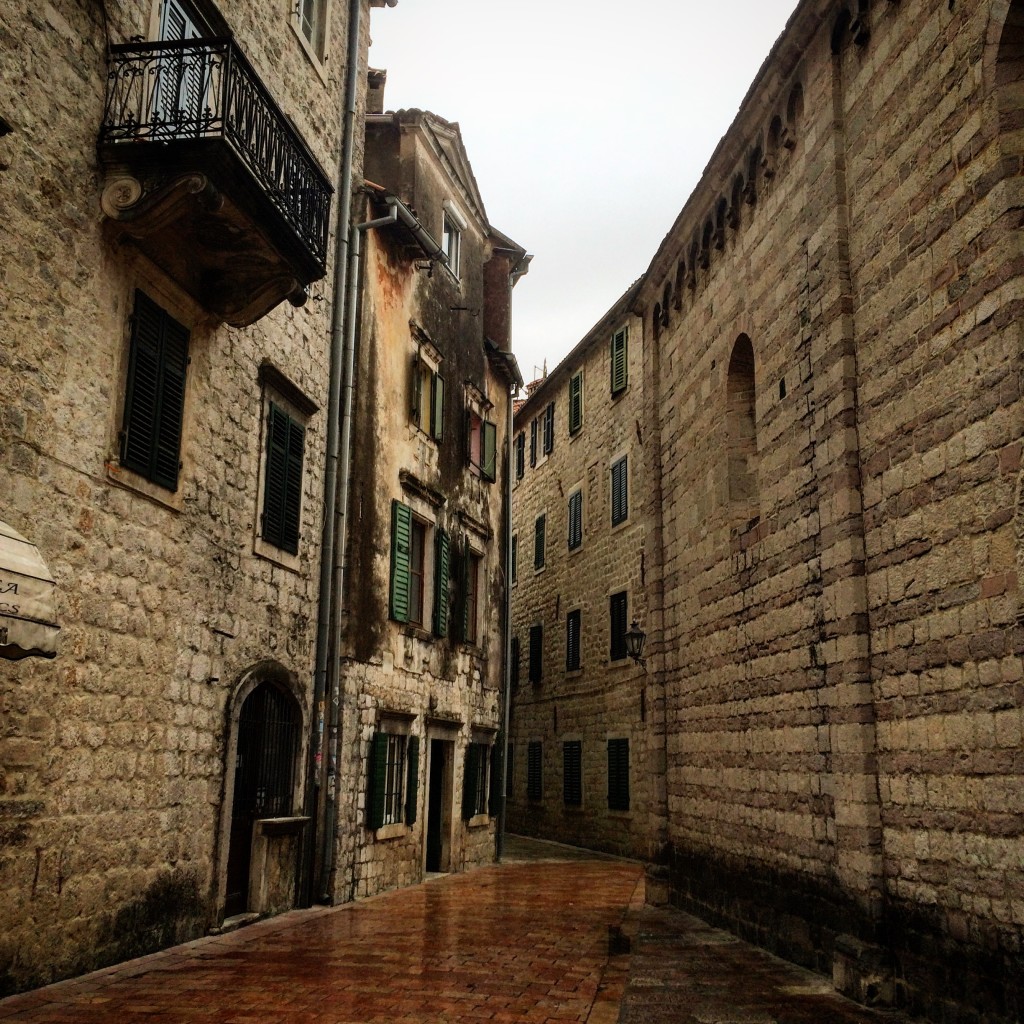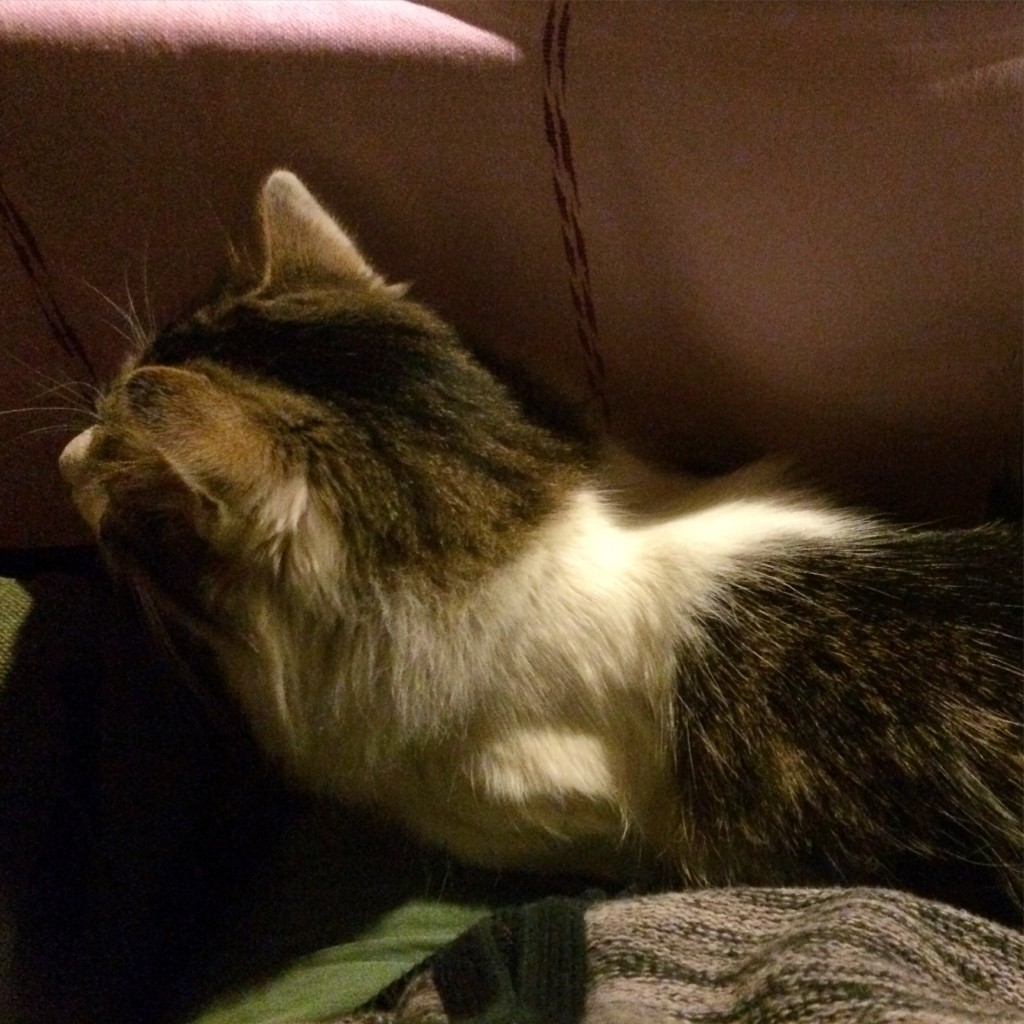Visiting Montenegro
Our exodus from Italy was not an experience worth repeating, and after much mucking around trying to refuel the rental car (belatedly discovering the local petrol stations were not open before 8am) and getting stuck in traffic (as a result of driving around madly trying to find an open petrol station), we eventually managed to get ourselves to the airport. Everything about this particular trip was unfortunate, and despite having left plenty of time to get from our accommodation to the departure gate, we barely made it there in time thanks to repeatedly getting held up every step of the way. However, we made it to Montenegro in one piece to begin the settling in process all over again. Unfortunately, although we made it in one piece, Murray’s bike did not. RIP the beloved Cervelo R5, a casualty of combining carbon fibre and luggage handling/flying one time too many.
Where We Stayed:
We set up shop in Dobrota, in the Bay of Kotor. Overlooking the bay, it was definitely one of the nicest locations we have stayed at to enjoy some spectacular scenery from the comfort of the couch. Other than that, the apartment was pretty average. It looked good, but smelled funny, and as it turned out, had a seriously bad mould problem. It was also plagued by circumstances beyond control, such as repeated electrical issues, building-wide power-outages, and frequently craptacular internet. However, we can’t really complain, since it was also very cheap, and was reasonably comfortable, problems aside. The power outages, although inconvenient, also provided a good incentive to get out the house more often and go on a day trip. As a result, we probably saw more of the countryside than we otherwise would have.
Here’s where we were staying, if you’re interested: https://www.airbnb.com.au/rooms/1737115
Places Visited:
Logistically, it seemed like we visited almost everywhere in Montenegro. I’m pretty sure this has been our most comprehensive country so far. (Which I guess is unsurprising, given it is a rather small country. There are more people in Brisbane than all of Montenegro.) We drove on almost all the major roads on our trips out and about, and quite a few minor ones as well. (Also some probably not suited to the hire car. Really, they should just hire out cars with a higher clearance as standard because I’m dead sure that we weren’t the first people to tackle a dirt road in a rented hatchback.)
I’m not going to write about everywhere we visited, since this particular month had too many destinations to recount them all. Safe to say, lots of random places were visited, and they were (almost) all awesome.
On the whole, we were pleasantly surprised at the high quality of most of the roads, it’s clear that the government has poured a tonne of money into road infrastructure. Driving in Montenegro was definitely a pleasure. (But their ridiculously variable speed limits suck.) If you visit Montenegro and don’t hire a car, you’ll miss out on a lot. Just watch out for the cops, they’re everywhere.
Lovcen National Park:
We had to go to Lovcen. Definitely one of the most popular tourist spots, this national park on the top of a mountain was a great spot to visit, and the drive there and back almost as good as the destination. There are like…25 switchbacks to get up the mountainside approaching Lovcen National Park and the view over the Bay of Kotor amazing. Basically, the whole drive was spectacular. And nuts. Definitely nuts. Narrow twisty roads with no shoulder combined with an often distinct lack of guardrails seems to be a common feature throughout the country, but by this point Murray has become pretty au fait with this particular problem. Really, I shouldn’t complain at all, the road to Lovcen was much less scary than many others we have ventured on and the road quality itself was very good. Though, if you’re scared of heights it probably isn’t a winner – it’s a very, very long way to the bottom.
There was no one manning the gate to the national park, so entry (to the park at least) was free. When we got into the park proper, the monument at the top of the mountain had to be unlocked for us as we were the only visitors there. Honouring a famous poet and Prince-Bishop, the final resting place of Njegos was definitely the most spectacular I’ve seen thus far. A lot of time and effort went in to build the mausoleum (for a man who died way back in 1851) and not finally laid to rest until some time in the 1970’s.
The national park looked stark but beautiful with the remainder of the Autumn colours, and I can only imagine how it must look in Spring/Summer. It had also snowed relatively recently, so our trip was made even better by the small amounts of snow dotted here and there. (I’m surprised that Montenegro doesn’t promote tourism in winter, since there is still so much beautiful scenery to be appreciated.) We didn’t do too much there other than walk around and appreciate the view and fresh (freezing cold) mountain air.
We took the long way home & stopped in at a fortress we had passed a sign for on the way up the mountain: Gorazda Fortress.
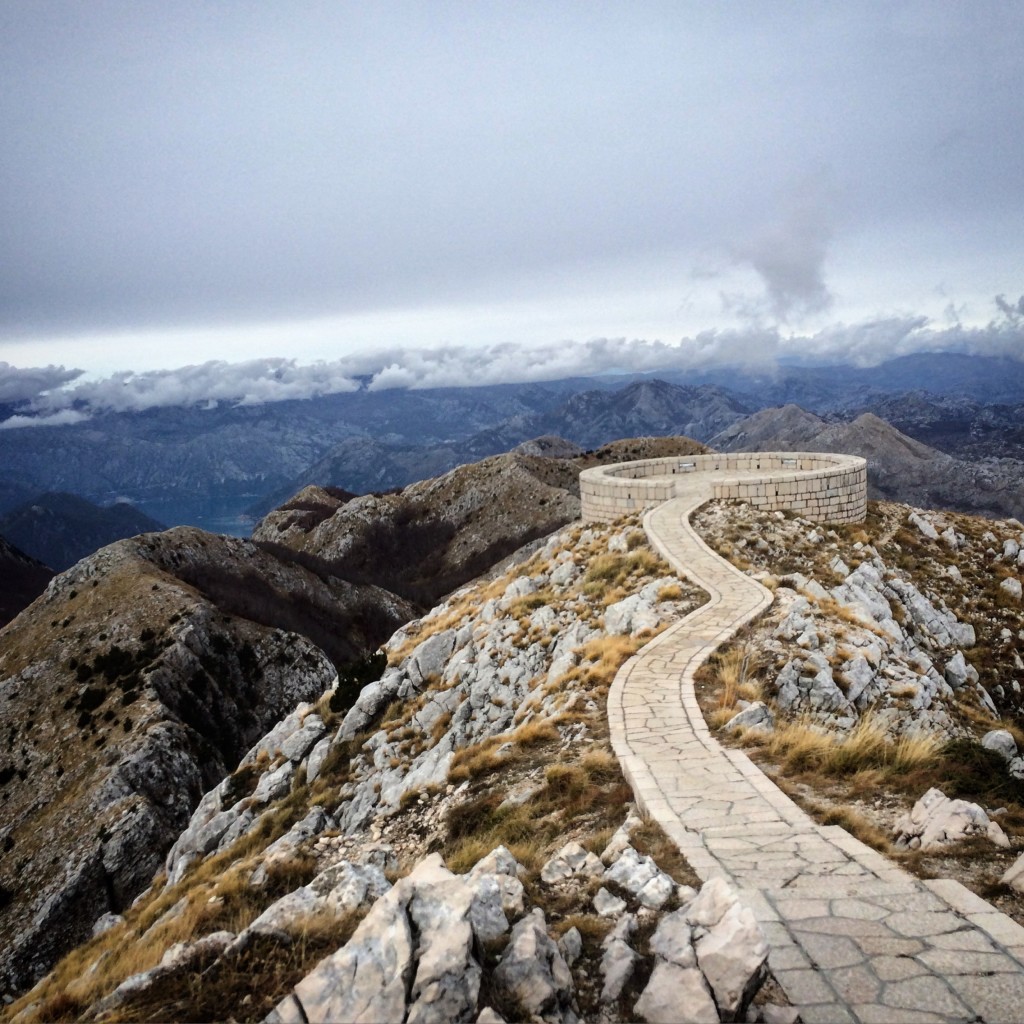
Out at Lovcen at the Mausoleum viewpoint. From here, you can see all the way to Italy on a clear day, apparently.
Gorazda Fortress:
Amazing. I can’t believe we stopped in more or less on a whim. The fortress was built back in the 1800’s, but had continued to be in use until sometime in the 1990’s. That would make it the only fortress we have visited that has seen any kind of action in what could be considered “recent” years. Abandoned to time, the place was free to visit and totally devoid of people. It was creepy as. We had the run of the place so we wandered around in the dark with the aid of our mobile phone-torches and explored as much of the fortress as was safe to do so. It was quite the rabbit warren, and definitely a very interesting find. This fortress was a prime example of a place that in Australia, you would not under any circumstance, be allowed to visit and explore. In Montenegro – it’s fair game and even advertised as a place of interest. Access to the upper levels and the basement was prevented by a lack of stairs and ladders – they had clearly decayed beyond the point of use – but it was clear some intrepid explorers had still managed to make it upstairs at least. The gun turret was fascinating. We were very pleased with our surprise find, and the view from the top of the building (on top of the turret) was fantastic.
Durmitor National Park:
On the way out to Durmitor, Murray narrowly avoided a speeding fine. (The limit dropped from 80 to 60 and we didn’t see it – the cop was literally right around the corner from the speed sign, even if you had seen it you might not have slowed sufficiently in that time.) After much deliberation, he let us off with a warning. Lucky us. I get the impression that it is too much of a pain to fine tourists, and after reading up on the subject, it turns out the police more or less fine at their discretion – and for a dollar value of their choosing (although the likely dollar values are still very low compared to any fine you might receive in Australia). You get fined, you go to the post office and pay the nominated fine into a traffic offence bank account. No loss of license. Which I guess explains why although there were tons of cops, people in fancy cars seemed to speed with impunity wherever we went.
Aside from the brush with the law, the drive out there was great. Driving through the mountains and seeing the changing countryside was pretty amazing, and approaching the snow-capped mountains from the coast was a great way to see a whole different side to Montenegro. When we arrived in the snowy areas, we weren’t sure of what to expect in terms of the car vs the road. Murray had never driven in snowy conditions before, and although the majority of roads were cleared of snow, some were not cleared at all. In particular, one of the connecting roads that drove through the national park. So, despite our plans, we didn’t drive through Durmitor, since we didn’t want to put on snow chains or risk getting stuck. Instead, we satisfied ourselves with visiting the outskirts of the national park and enjoying the fluffy snow.
Visiting Durmitor was like a visiting an icing sugar-topped wonderland. We had hoped for snow, since it was late enough in the year, and turns out we were fortunate enough to go just after a dump of at least a foot of the pristine, fluffy white stuff. It was magic. Being only my second experience with snow (not sure if Atlanta in March really counts, but, it did snow…just), seeing the snow was pretty amazing to begin with. Finding out it was super soft and in great quantity was just an additional unexpected treat. We even met a doggy friend who romped around in the snow with us while we explored. It then followed us all the way back to our car… Pretty sure it would have gone home with us if we had let it in the car.
Ostrog Monastery:
This monastery is literally built into the cliff wall. This was also the only tourist destination that we went to that had an appreciable number of tourists (pilgrims?) present at the time. When we arrived we more or less sticky beaked and enjoyed the view. Then we joined a mystery line to see inside of what turned out to be a small chapel-cave. It was very small (tiny, really), with a low entrance, low ceilings and (faded but spectacular) religious icons painted on the cave walls inside. In the chapel-cave was a single bench seat in the antechamber and in the chapel itself, the preserved corpse of the bishop who built the monastery, which was presided over by a priest and an acolyte. It was very peculiar. Everyone entered the chapel-cave single file, entering and exiting by kissing the lintels, approaching one by one to say prayers over the ornate glass reliquary and leaving a donation on the way out. We only learned this by doing, and thusly, we more or less did as the locals (and pilgrims) do. Awkward. It was by far the strangest thing I have ever done. Apparently Ostrog is a very popular pilgrimage choice for Orthodox Christians, Catholics and Muslims also, making this an even stranger destination. Weirdness aside, the visit was pretty cool, even if it didn’t have quite the religious significance for us that it did for so many others.
Atlas Obscura got better pictures than me: http://www.atlasobscura.com/places/ostrog-monastery
A Little Bit of Observed Randomness:
To round out this post, I’ve included a bit of the our random observations while in Montenegro.
The Postal System:
Although we have had no problems anywhere else, Murray had all sorts of problems with receiving a work parcel while we were in Montenegro. Apparently, it is necessary for you to provide proof of residency in the country in order to actually collect or have the parcel delivered. Being a) in the country and b) specifying an address, unfortunately, is not enough. So the parcel got stuck in customs. In Montenegro you must pay a tourist tax for each day you stay in the country, and this tax is meant to be collected by the accommodation provider, and involves registering the tourist with an online database. This apparently didn’t happen for the first place we stayed, and as a result, we were not registered. Fortunately, the other locations we stayed were registered and we were able to collect the package from the warehouse. All in all, it took a ridiculous amount of phone calls and fluffing around, but in the end we got it. Note to self: Don’t send stuff to Montenegro, it’s not worth the effort.
Off-Season Tourism:
Having arrived during off-season, we were expecting tourism to be a rather subdued affair. We were correct, although the reality was far quieter than we had expected. It’s almost as if everybody in Montenegro packs up for the winter: squares were empty, restaurants were closed and shops were covered in canvas and tarps leaving empty ghost towns all the way up and down the coast.
When on the road, we were often the only ones out driving. Some of the scenic drives went for hours at a time, and we might have only crossed the path of one or two other vehicles. It was both too weird, and rather nice at the same time. Almost like having a whole country to ourselves.
When off visiting a tourist hotspot (in the event that it wasn’t shut down for the off-season), more than once we were the only ones there, and when visiting Lovcen, the staff even had to unlock the gates for us (since we were the first to arrive, at 11.30am). The most tourists seen during the whole trip were at Ostrog Monastery, of all places. (There were probably 100 people there, it felt positively bustling.)
It was rather eerie, driving through towns (often seemingly made up of majority holiday accommodation) to find empty streets, and no signs of life anywhere. It was not unusual to walk the streets and see more cats than people. They, at least, were out in force.
Cats:
Cats were a very frequent sight. On the streets, in the trees, in restaurants, and sometimes, on our lap (in a restaurant, no less). We were overrun with kittens at one restaurant, having an unexpected group of at least 6 kittens invade our table in hopes of scraps. Some were cheeky enough to climb/jump aboard despite being discouraged. It didn’t help that we had grilled fish. It was most peculiar, and although we have seen plenty of cats out and about in other countries, Montenegro definitely took the cake for invasive feline activity when dining out. If they weren’t stray kitties, I would have been delighted. However cute they might be, I can’t say I’m super keen about patting a mystery cat which for all I know has fleas, toxoplasmosis or worse. More than one kitty was missing an eye or an ear…I might take an all-wormer when we get home, just in case.
